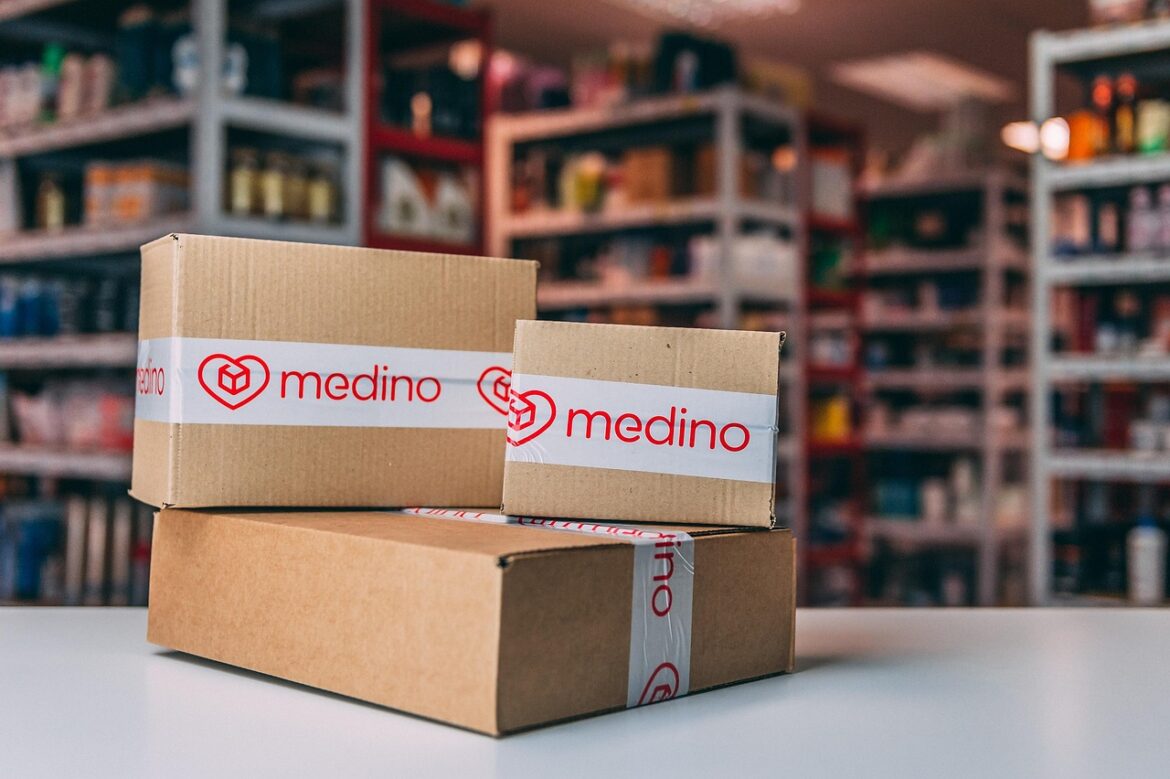Introduction to Health Supply Chain Trends
Imagine a world where medical supplies reach patients faster, safer, and more efficiently. Welcome to the cutting-edge world of modern health supply chains, where technology and innovation are revolutionizing how we deliver healthcare products. From smart logistics to AI-driven diagnostics, these advancements are not just about efficiency; they’re about saving lives. Let’s dive into the top trends shaping this critical sector.
1. Smart Healthcare Products and Digital Integration
The healthcare industry is witnessing a significant shift towards smart healthcare products, including digital twins for personalized treatments and AI-driven diagnostic systems. These products are not just fancy gadgets; they represent a fundamental change in how healthcare is delivered. For instance, digital twins allow healthcare providers to simulate patient treatments virtually, ensuring more accurate and personalized care. Meanwhile, wearable technology is helping monitor mental health more effectively, providing real-time data that can be life-saving. This integration of technology into healthcare is driven by the need for more precise, efficient, and personalized patient care.
2. Advanced Logistics for Medical Devices
The medical device logistics sector is booming, thanks to the rise of personalized medical products and small-batch shipments. This trend requires logistics providers to be flexible, scalable, and technologically advanced. Companies like Cardinal Health and FedEx are leading the way with tech-enabled logistics solutions. For example, IoT devices track shipments in real-time, ensuring that medical equipment is stored and transported under optimal conditions. This is crucial for maintaining the efficacy and safety of medical devices during transit.
3. Resilient Supply Chains in Pharma Manufacturing
The pharmaceutical industry is facing complex supply chain challenges, from rising tariffs to stringent compliance standards. However, companies like Premier Inc. are highlighting opportunities for resilience. For instance, navigating tariffs on sterile injectable packaging components requires careful planning and diversification of suppliers. This isn’t just about business; it’s about ensuring that lifesaving medications reach patients without interruption. The push for local manufacturing and supplier diversification is becoming increasingly important to mitigate risks like trade disruptions.
4. AI in Healthcare Logistics
Artificial Intelligence (AI) is transforming healthcare logistics by enhancing efficiency, visibility, and compliance. AI tools are being used for predictive analytics, demand planning, and logistics optimization. This means that logistics providers can anticipate and respond to supply chain disruptions more effectively. For example, AI can help predict demand for specific medical supplies, ensuring that they are stocked appropriately and reducing waste. This is especially crucial in the context of managing chronic diseases and aging populations, where timely access to medical supplies is critical.
5. Cold Chain Infrastructure Expansion
As healthcare companies like DHL Supply Chain expand their cold chain infrastructure, they’re supporting the growth of products like oncology treatments that require precise temperature control. This expansion isn’t just about maintaining product integrity; it’s about ensuring that patients receive effective treatments. The ability to manage temperature-sensitive products efficiently is a game-changer for delivering life-saving drugs and vaccines safely across the globe.
Conclusion
The future of health supply chains is all about integration, resilience, and innovation. Whether it’s smart healthcare products, advanced logistics, or AI integration, these trends are setting the stage for a more efficient and patient-centric healthcare system. As the industry continues to evolve, one thing is clear: the right supply chain strategies can be the difference between life and death.
References:
- https://www.morningstar.com/stocks/drug-distribution-industry-trends-2025
- https://www.globenewswire.com/news-release/2025/06/03/3092624/0/en/Smart-Healthcare-Products-Global-Market-Analysis-and-Strategy-Report-2025.html
- https://www.globenewswire.com/news-release/2025/06/03/3092972/0/en/Medical-Device-Third-party-Logistics-Market-Trends-Opportunities-and-Forecasts-to-2030-Key-Players-Like-Cardinal-Health-and-FedEx-Lead-in-Tech-Enabled-Medical-Device-Logistics.html
- https://www.healthcarepackaging.com/logistics/supply-chain/article/22942439/shoring-up-the-healthcare-packaging-supply-chain-is-a-lot-like-flying-a-plane
- https://www.scmr.com/article/a-conversation-on-the-life-sciences-supply-chain-with-dhls-jim-saponaro
- https://www.globenewswire.com/news-release/2025/06/04/3093732/28124/en/Artificial-Intelligence-AI-in-Healthcare-Research-Report-2025-Global-Forecast-to-2030-Key-Players-Expanding-their-Market-Share-Through-Product-Launches-and-Partnerships.html
- https://www.medrxiv.org/content/10.1101/2025.05.23.25328074v1.full.pdf
- https://www.globallogic.com/insights/blogs/engineering-healthcare-trends-driving-business-growth/



